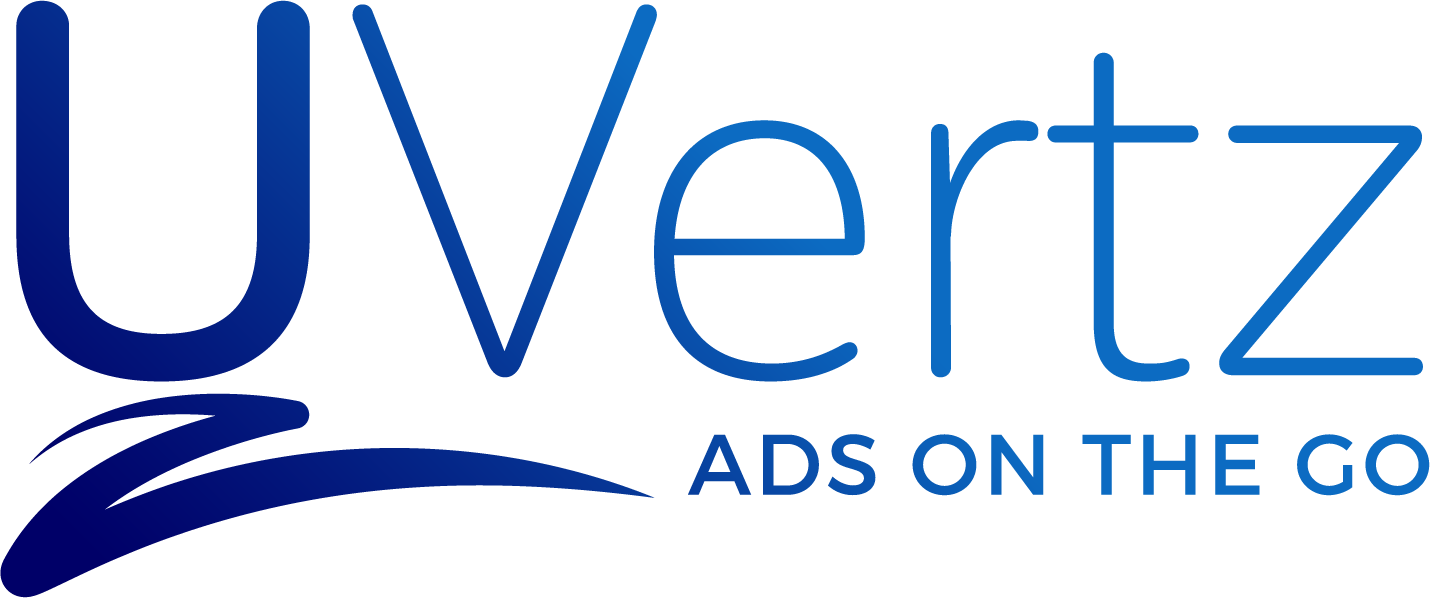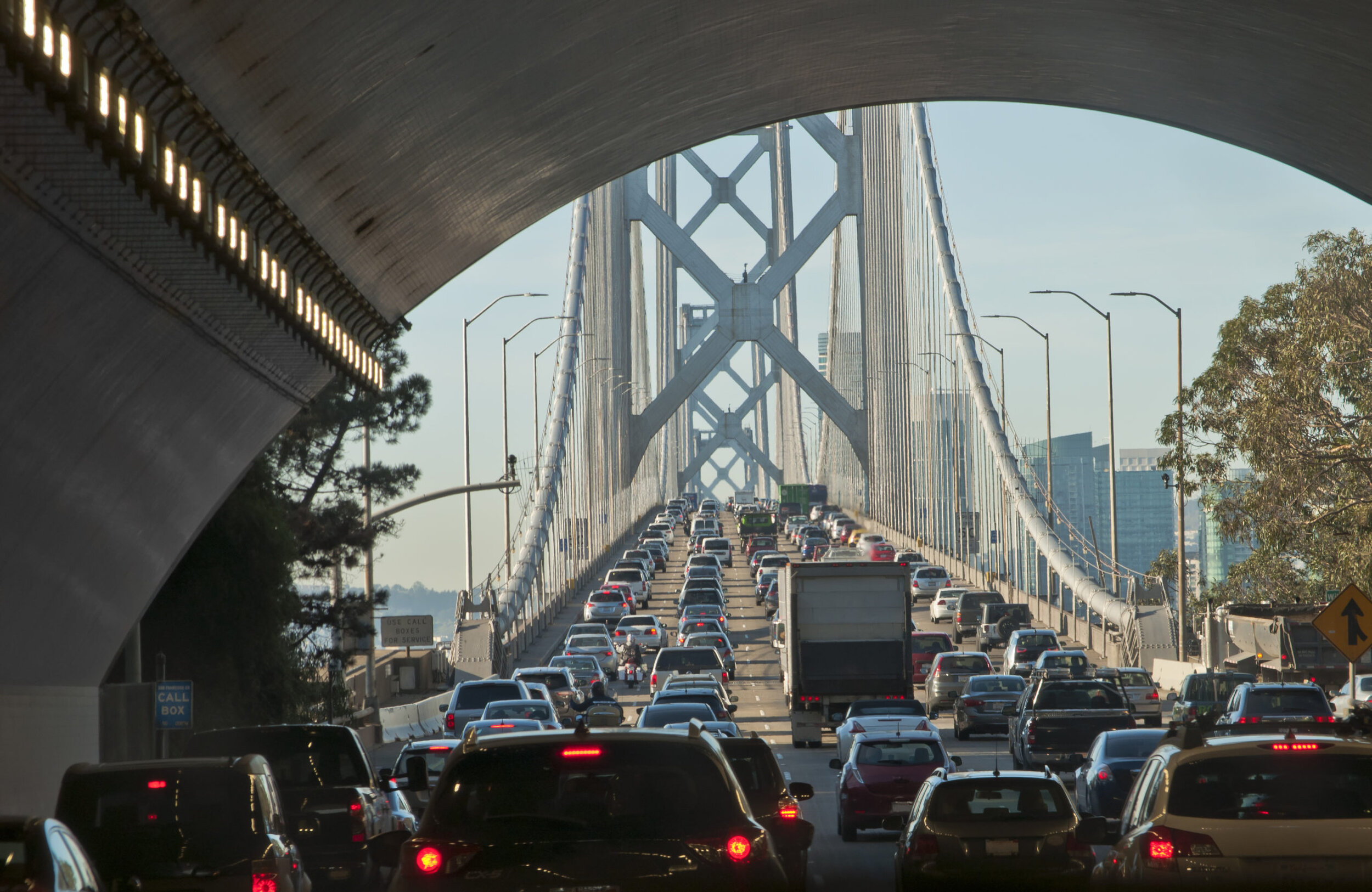From Contagion to Congestion
From Contagion to Congestion: As the Economy Reopens, The COVID-19 Era Means Dramatic Increases in Traffic in the San Francisco Bay Area
On March 16, 2020, in an effort to slow the spread of Coronavirus, six Bay Area counties, Alameda, Contra Costa, Marin, San Mateo, San Francisco, and Santa Clara, issued shelter-in-place orders. The orders directed over 7 million Bay Area residents to confine their travels and activities to essential tasks only. On March 19, California became the first state to issue shelter-in-place orders. Safely ensconced at home, viewers of social media were stunned to see drone footage of empty freeways and streets. It was surreal; but it showed that Bay Area residents largely complied. And many lives were saved as a result. Despite its massive population density, the Bay Area not only flattened the curve, it crushed it.
As state and local shelter-in-place orders are now being relaxed and the economy is being reopened, we are beginning to catch glimpses of how that may look in terms of motor vehicle traffic – especially now that “social distancing” has become part of our muscle memory. At a cursory glance, one would think that as employers increasingly allow office workers the option to “Zoom” from home, traffic would decrease. That is not the case. Vanderbilt University just studied these patterns across major metropolitan areas. The study not only projects a general increase in traffic, it singles out San Francisco as the epicenter for a dramatic growth in traffic.
Simply stated, commuters don’t feel safe. They will shy away from public transit such as trains and municipal buses. They will likewise shun casual carpools and park-and-rides. They will even eschew the cheaper “shared ride” options offered by Uber and Lyft. Instead, commuters will opt to drive their own cars. And they will be alone in their cars.
The rush toward single-occupancy vehicles will hit hardest at population centers that previously relied heavily on public transit. Therefore, the increase in traffic in the Bay Area will be striking: 556,000–2,736,000 added traffic hours per day spent commuting. This translates into 20–80 extra minutes per person, round trip. By comparison, New York is facing 14–68 extra minutes per person and Los Angeles 2–10 extra minutes per person.
Programmatic advertising allows brands to launch, expand or contract their marketing campaigns instantly. With the projected increase in Bay Area traffic, brands now have the opportunity to quickly expand their out-of-home advertising by leveraging the UVertz platform to reach those commuters. Ultimately, our “product” is not the platform itself; it is the audience, snarled in traffic and growing to levels never seen before, viewing and digesting our messaging. In this captive audience, where some see adversity, we see opportunity.
A link to the Vanderbilt University study is here:
https://lab-work.github.io/thereboundv1/index.html

